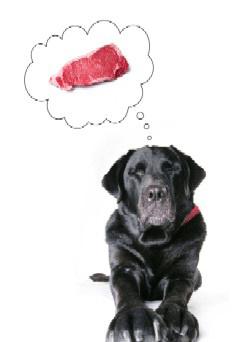 Dogs have been living a healthy life with humans for thousands of years. (Vilmos Csanyi, in his book “If Dogs Could Talk” 1, says the oldest dog skeletons found are about 14,000 years old.) Yet in this twenty-first century, dog owners face a barrage of advertising, aimed at convincing us to buy commercial dog food.
Dogs have been living a healthy life with humans for thousands of years. (Vilmos Csanyi, in his book “If Dogs Could Talk” 1, says the oldest dog skeletons found are about 14,000 years old.) Yet in this twenty-first century, dog owners face a barrage of advertising, aimed at convincing us to buy commercial dog food.
Much of this advertising suggests that feeding a dog raw food is a highly complicated process, best left to the “experts”, those who package so-called “complete” foods. If feeding dogs is so difficult, how did humans manage so successfully in the past? Perhaps the same way they fed themselves and their children – through the use of common sense and an understanding of the needs of their dogs.
Tom Lonsdale, Australian veterinarian and author of “Work wonders; Feed Your Dog Raw Meaty Bones” 2, says, “Definitely, without doubt, the best food for pets is that eaten by their wild cousins…In the wild it’s a case of survival of the healthiest. There are no veterinary hospitals or animal dentists in the wilderness… a natural diet provides the ideal ‘fuel’. It cleans the carnivores’ teeth and keeps the animals in peak fitness and health…a raw, natural diet acts as food and medicine combined.”
Some of the carcasses suggested by Tom Lonsdale include rats, mice, rabbits, fish, chicken/hens, or, for large dogs, calves, goats, lambs, pigs. Raw meaty bones include chicken and turkey back and frames, whole fish and fish heads, larger carcasses cut into manageable parts, by-products such as pigs’ trotters and heads, sheep heads, or tail bones. He lists offal such as liver, lungs, trachea, hearts, tripe, tongues, amongst others.
He acknowledges that finding whole carcasses, complete with fur, feathers, fins and entrails, may be too much for the average pet owner to manage, but concludes, “The second best and practical option — raw meaty bones and a few table scraps — is easy, economical and efficient and will have your pet living a long and healthy life.”
“Raw meaty bones” doesn’t mean a bone that has had the meat removed. It means a bone within a covering of nutritious meat. Gnawing, tearing and ripping the meat, tossing the meal from side to side in the mouth, before consuming the bone itself, gets the dog’s stomach juices pumping and cleans the dog’s teeth.
As Dr. Sasha Herbert says in her book, “nibble munch chomp” 3, carnivores “don’t just stick to the muscle meat. If they did, they would be lacking all sorts of important minerals, vitamins, fiber and fats.” So if we decide to feed raw, we need to include a range of animal parts, including organ meat and bones.
If you are interested in finding out more about dog raw food, you might like to browse the information on TomLonsdale’s raw meaty bones site or join the Yahoo! Raw Feeding interest group, where you will find helpful guidance from those who have already switched their pets to this diet.
The next question you need to consider is whether to include plant matter. Dr Ian Billinghurst, author of “Give your dog a bone: a practical commonsense way to feed dogs for a long healthy life” 4, argues that wild dogs and wolves would eat some vegetable matter, perhaps as the partially digested stomach contents of prey. For information on this aspect of feeding you could visit his site, Barf World. (BARF has been variously described as Biologically Appropriate Raw Food, Biologically Appropriate Real Food or Bones and Raw Food).
Although there is disagreement in the world of dog raw food on whether to include vegetable matter or supplements, both sides of the debate are convinced that dogs do not need to eat grains – a major component of commercial dried foods.
Dr Billinghurst says, “Modern dogs of any breed are not only capable of eating the food of their wild ancestors, but actually require it for maximum health. This is because their basic physiology has changed very little with domestication.” 5
It’s not rocket science. With some research and some commonsense we can feed our dog raw food and an appropriate healthy diet.
References:
1 Vilmos Csanyi, If Dogs Could Talk, translation by Richard E Quandt. 2005, North Point Press, NY, US.
2 Tom Lonsdale, Work wonders; Feed Your Dog Raw Meaty Bones. 2005, Rivetco P/L, NSW, Australia.
3 Sasha Herbert, nibble munch chomp: The art and science of feeding your pet.2007, JoJo Publishing in conjunction with Lort Smith Animal Hospital, North Melbourne, Australia.
4 Ian Billinghurst, Give your dog a bone: practical commonsense way to feed dogs for a long healthy life. 1993, Warrigal, Australia.
5 Ian Billinghurst, BARF World: What is BARF?
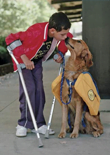
 Service dogs are a type of assistance dog, specifically trained to help people with physical mobility limitations to reach high or low places, or to open doors and turn on the lights. Other duties may include moving wet laundry to the dryer, or they may help in public by pulling a wheelchair up a steep incline.
Service dogs are a type of assistance dog, specifically trained to help people with physical mobility limitations to reach high or low places, or to open doors and turn on the lights. Other duties may include moving wet laundry to the dryer, or they may help in public by pulling a wheelchair up a steep incline.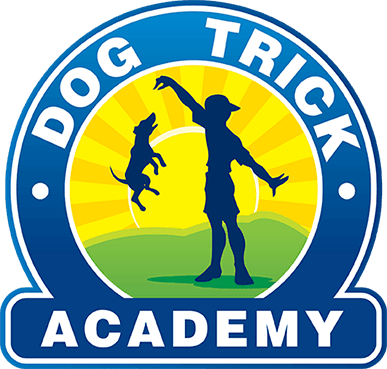
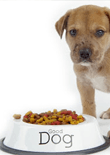
 Feeding your dog is the most fundamental way to care and to promote a healthy life for your dog. Good dog food will help your dog fight diseases and to keep him healthy.
Feeding your dog is the most fundamental way to care and to promote a healthy life for your dog. Good dog food will help your dog fight diseases and to keep him healthy.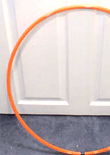


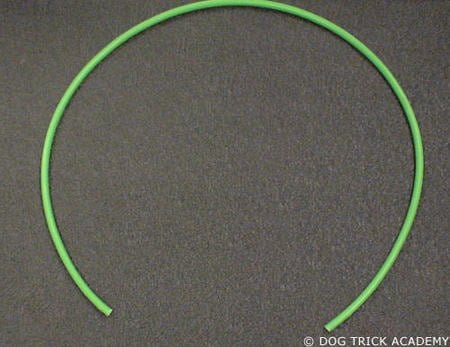
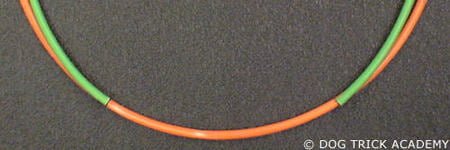
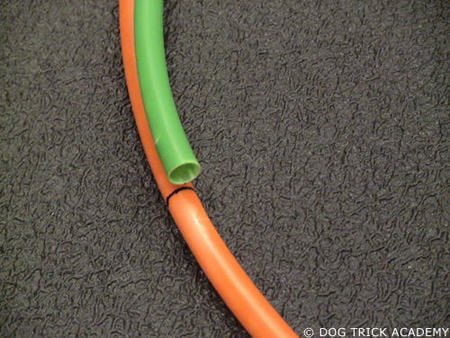
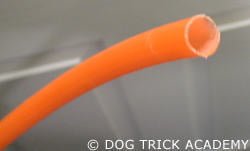
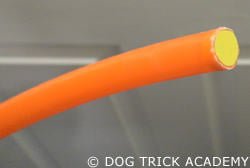
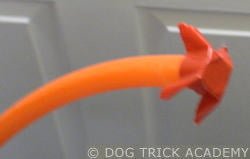 xxx
xxx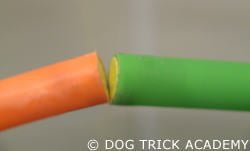
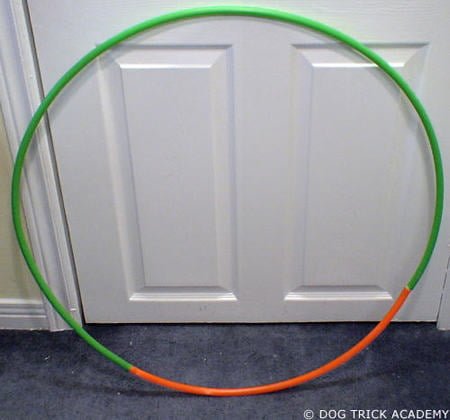
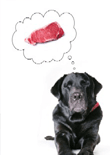
 Dogs have been living a healthy life with humans for thousands of years. (Vilmos Csanyi, in his book “If Dogs Could Talk” 1, says the oldest dog skeletons found are about 14,000 years old.) Yet in this twenty-first century, dog owners face a barrage of advertising, aimed at convincing us to buy commercial dog food.
Dogs have been living a healthy life with humans for thousands of years. (Vilmos Csanyi, in his book “If Dogs Could Talk” 1, says the oldest dog skeletons found are about 14,000 years old.) Yet in this twenty-first century, dog owners face a barrage of advertising, aimed at convincing us to buy commercial dog food.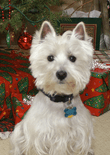
 Christmas can be a very hectic time for everyone as we are all busy during the holiday season with decorating, shopping, food preparation and hosting guests. But this time can also be stressful for our dog if he isn’t prepared to deal with the sudden changes during Christmas.
Christmas can be a very hectic time for everyone as we are all busy during the holiday season with decorating, shopping, food preparation and hosting guests. But this time can also be stressful for our dog if he isn’t prepared to deal with the sudden changes during Christmas.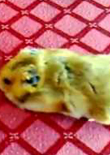
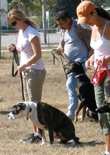
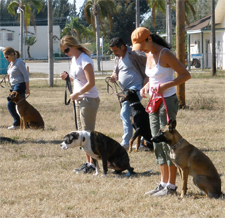 Are you looking for dog training classes? Before you spend a dime I encourage you to read more about the different dog training classes available today. Choosing a dog training class is a very important decision that will affect your relationship with your dog. It is important to research your possible options before signing up to any dog training classes.
Are you looking for dog training classes? Before you spend a dime I encourage you to read more about the different dog training classes available today. Choosing a dog training class is a very important decision that will affect your relationship with your dog. It is important to research your possible options before signing up to any dog training classes.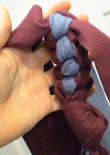
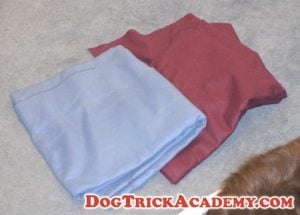 When choosing a material for your dog toy, make sure that you test its strength by pulling on each sides and look for rips. Some material will leave fuzz balls or fur all over the your floor. My personal favorite is pool table felt. Usually people will sell their used pool table felt because it is a little bit dirty, so you can purchase those for very cheap, for under $5. A pool table felt will allow you to make several dog toys.
When choosing a material for your dog toy, make sure that you test its strength by pulling on each sides and look for rips. Some material will leave fuzz balls or fur all over the your floor. My personal favorite is pool table felt. Usually people will sell their used pool table felt because it is a little bit dirty, so you can purchase those for very cheap, for under $5. A pool table felt will allow you to make several dog toys.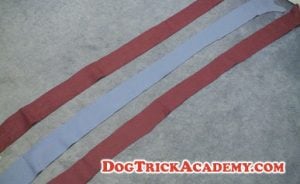 Step 1. Start by cutting three strips the length of the fabric; make them as long as possible. Once the dog toy is finished it will only be about a quarter of the length of the strips.
Step 1. Start by cutting three strips the length of the fabric; make them as long as possible. Once the dog toy is finished it will only be about a quarter of the length of the strips.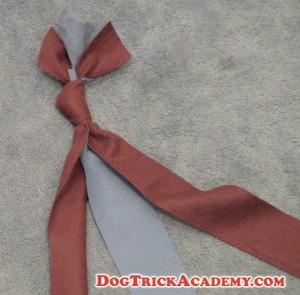 Step 2. Tie a normal knot at the top of the strips and make sure that it is very tight so that the dog toy doesn’t come apart once it is completed.
Step 2. Tie a normal knot at the top of the strips and make sure that it is very tight so that the dog toy doesn’t come apart once it is completed.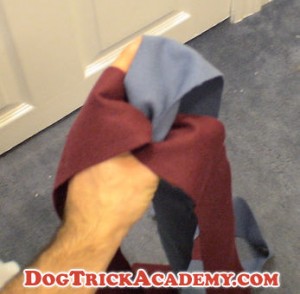 Step 3. Take the knot in your hands while the strips are hanging off your hand.
Step 3. Take the knot in your hands while the strips are hanging off your hand.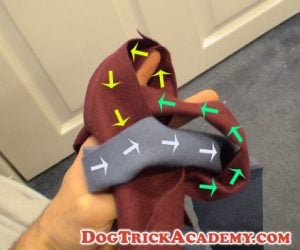 Step 4. Take the strip that is the farthest away (yellow arrows) from you and bring it over towards you. Then take the left strip (blue arrows) and bring it over the middle strip. Then take the right strip (green arrows) and bring it over and under the two strips.
Step 4. Take the strip that is the farthest away (yellow arrows) from you and bring it over towards you. Then take the left strip (blue arrows) and bring it over the middle strip. Then take the right strip (green arrows) and bring it over and under the two strips.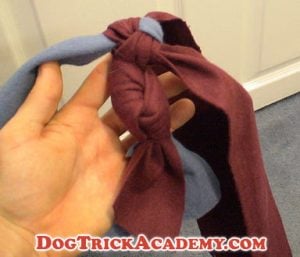 Step 5. Tighten each strip equally and you will have your first knot. The tighter you make your knots the harder the dog toy will be, but if you tighten it lightly, the dog toy will stretch while you tug.
Step 5. Tighten each strip equally and you will have your first knot. The tighter you make your knots the harder the dog toy will be, but if you tighten it lightly, the dog toy will stretch while you tug.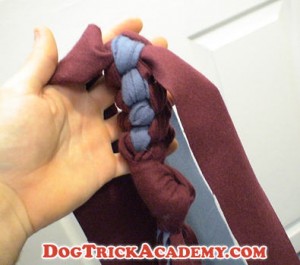 Step 6. Repeat the same thing over and over until you have the desired length. Above is a picture of a few knots done in a row.
Step 6. Repeat the same thing over and over until you have the desired length. Above is a picture of a few knots done in a row.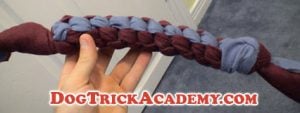 Step 7. When you are finished, complete the dog toy by doing a final knot at the end. The final knot is exactly like be beginning knot. There are alternative patterns to knot your dog toy so that it goes in a spiral. I will write more tutorials in the future.
Step 7. When you are finished, complete the dog toy by doing a final knot at the end. The final knot is exactly like be beginning knot. There are alternative patterns to knot your dog toy so that it goes in a spiral. I will write more tutorials in the future.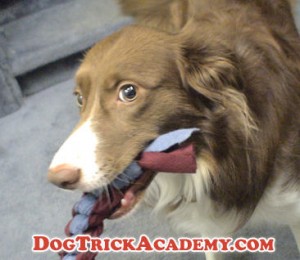 Here are two pictures of my dog Chase tugging with hew new dog toy. She really loves it!
Here are two pictures of my dog Chase tugging with hew new dog toy. She really loves it!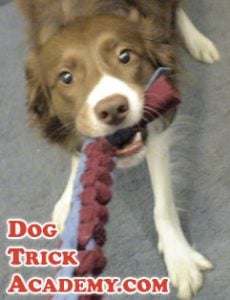
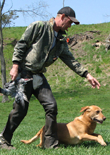
 Hunting Training
Hunting Training Military Training
Military Training Modern Dog Training
Modern Dog Training Assistance Dogs
Assistance Dogs Police and Drug Dogs
Police and Drug Dogs Dog Sports
Dog Sports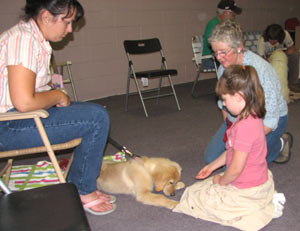 Family Pets
Family Pets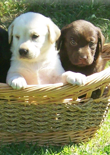
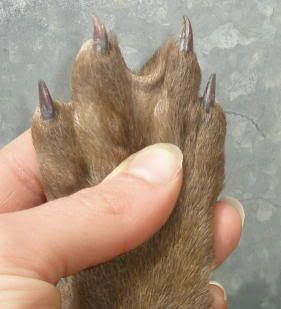 To give you a better understanding of the Labrador breed, it is necessary to learn the origins of this breed. Labradors are originally from Newfoundland and named after the Labrador Sea. They were bred to work with fishermen to retrieve fishnets and other tasks involving swimming in the sea. A unique trait of Labradors is their webbed paws; they allow them to swim faster and easier than most other breeds.
To give you a better understanding of the Labrador breed, it is necessary to learn the origins of this breed. Labradors are originally from Newfoundland and named after the Labrador Sea. They were bred to work with fishermen to retrieve fishnets and other tasks involving swimming in the sea. A unique trait of Labradors is their webbed paws; they allow them to swim faster and easier than most other breeds.